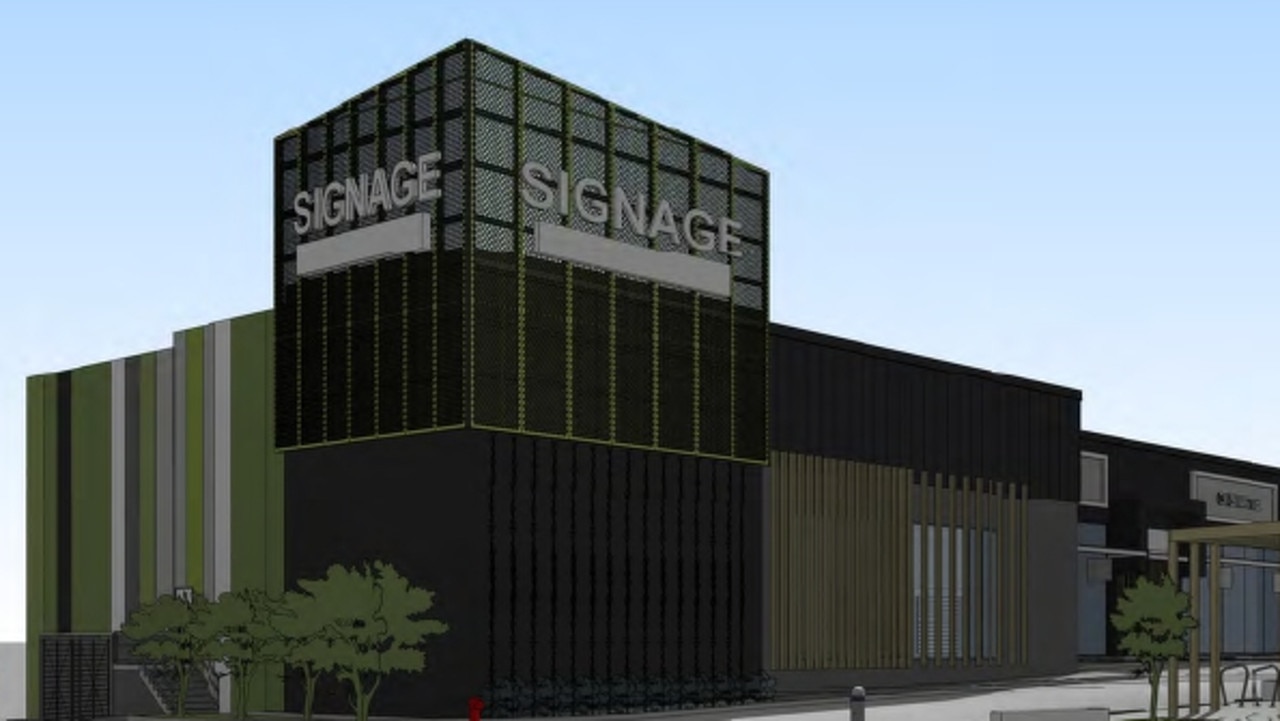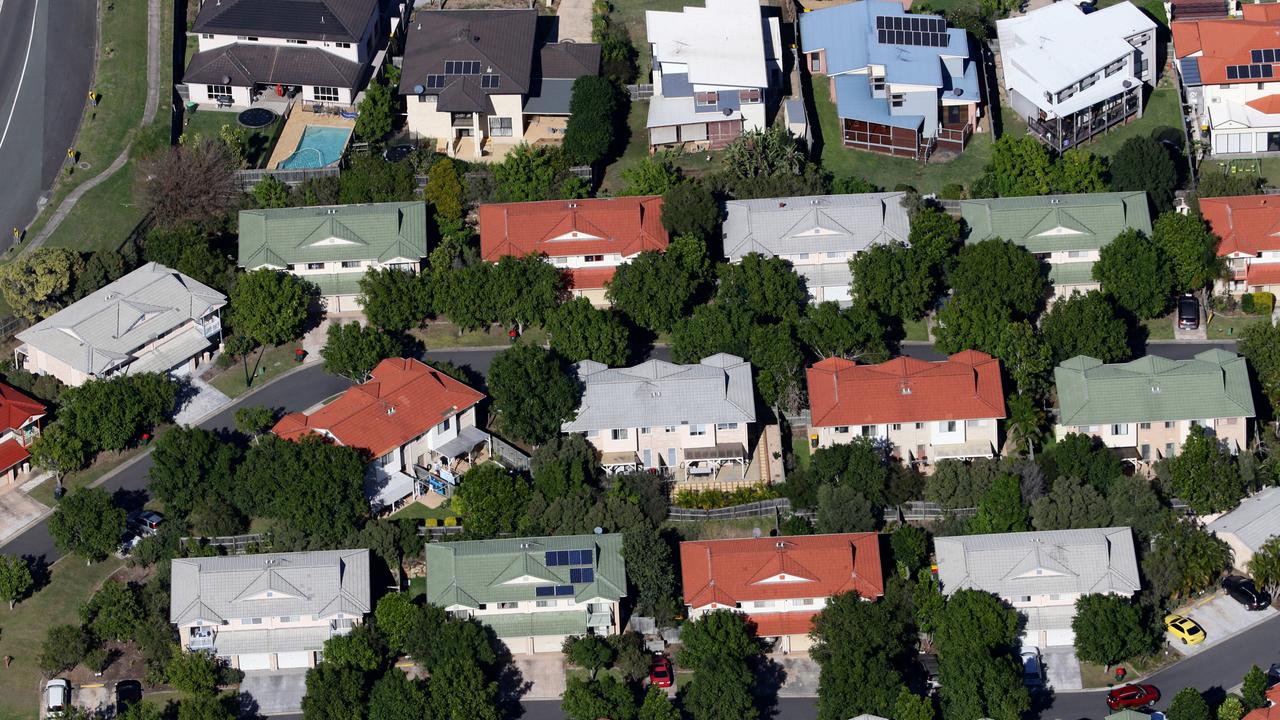Hot property: Why prices for burned down homes are on fire
Sydney houses reduced to a shell after going up in flames have been coming up for sale at higher prices than when they were still standing.
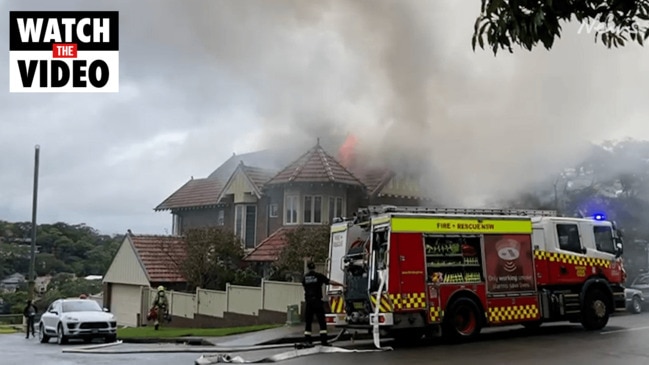
Property
Don't miss out on the headlines from Property. Followed categories will be added to My News.
They’ve burnt down, but the price has gone up.
Sydney houses reduced to a shell of ashen walls and debris from when they went up in flames have been coming up for sale at higher prices than when they were still standing.
The remarkable price increases – in one case a mark-up of more than $500,000 on top of the 2021 price paid before the home went ablaze – have come amid a shortage of land to build new houses.
It has meant the fire-damaged homes have attracted strong competition from cashed up developers and homebuyers intent on building a modern house from the ground up.
The most extreme prices for fire-damaged homes were in older suburbs with heritage restrictions that put further limits on the kinds of projects permissible in the area.
These restrictions meant properties with scope for development were extremely rare and the competition from builders was high – an environment conducive to price rises.
While the causes of the fires were not always known, there is no suggestion any of the vendors were involved, and where details were available, they usually involved tragic accidents.
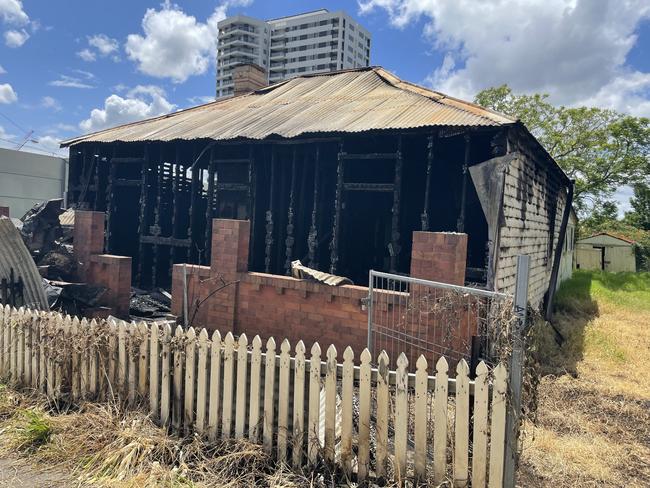
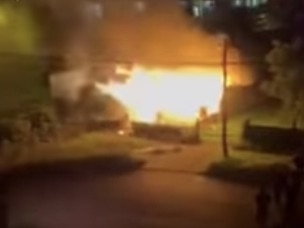
The latest fire damaged property to sell was a Blacktown house alleged to have been set alight by New Year’s Eve fireworks earlier this year.
It sold under the hammer this October for $1.6m. It had last traded in 2013 for $500,000.
Richardson and Wrench selling agent Sasha Jakimovski said $1.6m was “a crazy pierce for the property”. It sold to a developer.
In Strathfield, a house ravaged in a 2021 fire is up for sale at a higher price than what the vendors paid last year, before the blaze destroyed much of the property.
The vendors paid $4,788,000 last year, but it appears they want north of $5.3m.
The property on Wentworth Rd passed in at auction last week on a bid of $5.3m, according to a source at the auction.
It remains up for sale on realestate.com.au and although the price is not listed, it appears on searches for properties going for a minimum of $5m. The selling agent would not comment on the sale.
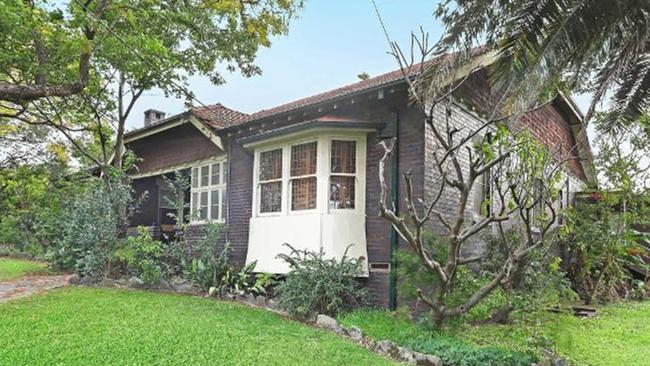
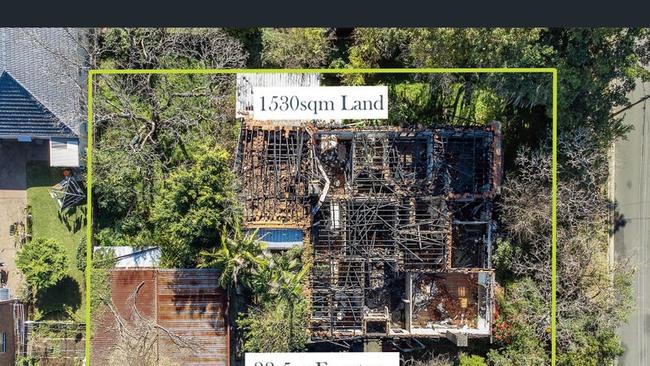
Emergency services were called to the home in August last year to contain the blaze and neighbouring properties were evacuated, according to Channel 7 reports at the time.
The fire allegedly tore through the roof and much of the structure, leaving only a shell. The cause of the blaze is not known, but it is understood no one was harmed.
Auctioneer Michael Garofolo, who has called the auctions for a string of knockdown homes, said bidding for properties where the original houses were unsalvageable was often more frantic.
“No one will be looking to save it, so all the bidders will be on the same page,” he said. “Essentially the value is in the dirt. Everyone is there for the land.”
The Cooley Auctions director added that demand for the blocks was still high, despite rampant rises in building costs, because many of the buyers were prepared to wait out the challenging construction environment.
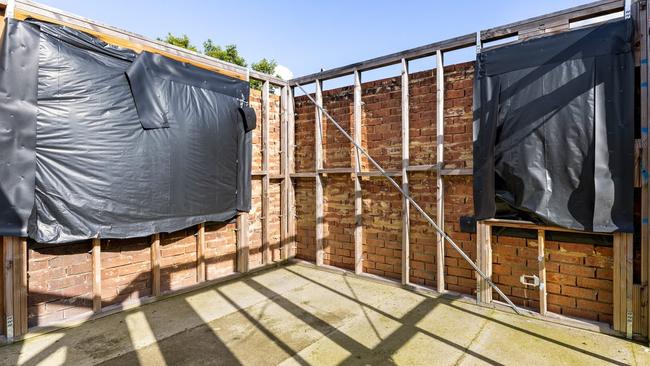
Many wanted a home for their own needs but came from a building background and could do the construction at a fraction of the cost of those who did not have exposure to the industry.
This gave them more scope to bid high at the auction, Mr Garofolo said.
Horwood Nolan agent Alessio Scivetti, who recently sold a fire-damaged Lidcombe house for over $1.8m, said “the curiosity factor” often helped the sales.
“Burnt down properties catch the eye,” she said. “More people will take a look.”
The Lidcombe house, which burnt in a fire started by a faulty airconditioning unit, attracted a bidding war when it went under the hammer in July. The fire destroyed the roof.
Most properties with intact houses on similar sized blocks in the area sold for about $1.6m, sales records showed.
“If it’s on a good block, which this was, it’s worth more than a turnkey product. Buyers know you can change anything about a house, except the location,” Mr Scivetti said.
“A good aspect, a good position doesn’t change … in the case of that Lidcombe property, the buyer knew it was one of the best streets in the area.”



